Your cart is currently empty!

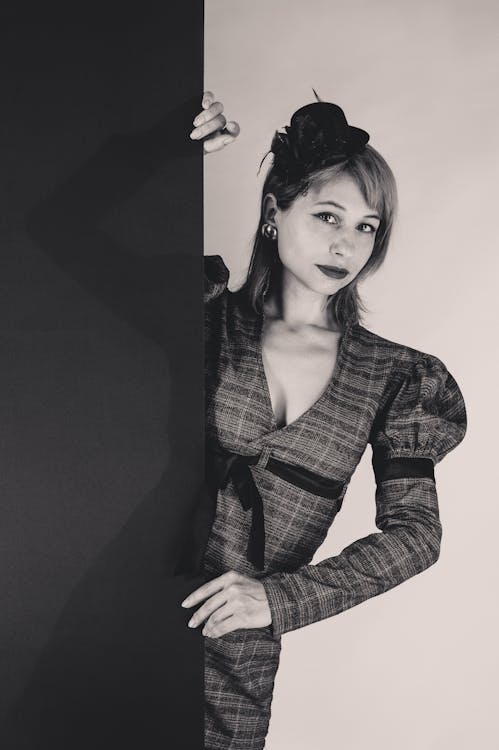
Best Women’s Fashion Casual The 1920s marked a revolutionary period for women’s fashion, reflecting the societal shifts following World War I. Women embraced new freedoms in lifestyle and fashion, moving from restrictive Victorian styles to more relaxed, modern clothing. This era, often referred to as the Roaring Twenties, was when women began to break away from traditional expectations, and their clothing choices were no exception.
The Influence of Social Change on 1920s Fashion Best Women’s Fashion Casual
The 1920s saw an evolution in women’s rights, particularly with the 19th Amendment granting women the right to vote in 1920. This newfound political freedom coincided with changes in women’s roles in the workforce and society. With more women joining the workforce and participating in leisure activities, fashion adapted to meet their practical and social needs. The shift toward casual, comfortable clothing was emblematic of these broader societal changes.
The Iconic Flapper Style Best Women’s Fashion Casual
When discussing 1920s women’s fashion, one cannot overlook the flapper style, which became the defining look of the decade. Flappers were young women who defied the conventional norms of femininity, opting for shorter hemlines, bobbed haircuts, and bold makeup. The flapper dress, typically made of silk or rayon, was characterized by its loose fit, knee-length hemline, and dropped waist, which allowed for freedom of movement—a stark contrast to the corseted styles of previous decades.
Key Features of Flapper Dresses The Best Women’s Fashion Casual New Stylish 2024
- Dropped Waistlines: The flapper dress was famous for its dropped waist, which sat around the hips rather than the natural waist, creating a boyish silhouette that symbolized a break from traditional femininity.
- Short Hemlines: Flapper dresses typically had shorter hemlines, often just below the knee. This was considered scandalous at the time, as it exposed more of the leg than ever before.
- Fringes and Beading: Many flapper dresses were adorned with fringes, beads, and sequins, adding to the dynamic, party-ready look that flappers were known for. These embellishments also emphasized movement during dancing, especially the popular Charleston dance.
- Sleeveless Designs: Sleeveless and cap-sleeve dresses were common, reflecting a more relaxed, comfortable approach to fashion. The sleeveless look was a notable departure from the more conservative styles of the past.
Daytime Casual Wear Best Women’s Fashion Casual
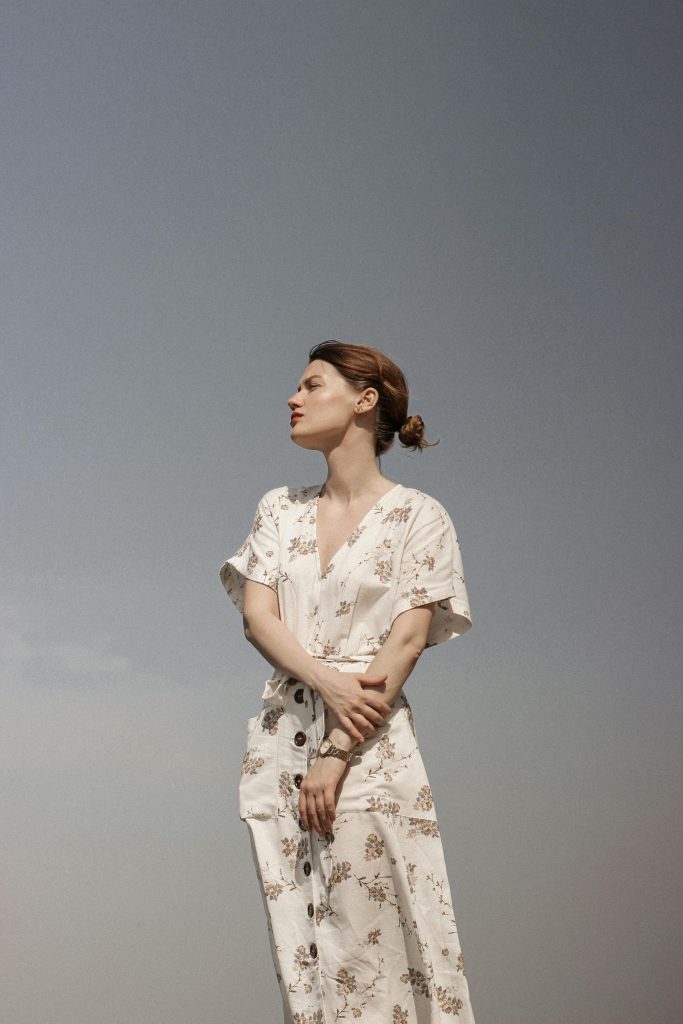
While the flapper dress dominated evening wear, daytime fashion for women in the 1920s was more understated but equally transformative. Casual clothing in the 1920s for women was practical, and comfortable, and reflected the decade’s increasing emphasis on leisure activities.
Casual Dresses and Sportswear
- Loose-Fitting Dresses: Women wore loose-fitting, straight-cut dresses made from cotton or wool for daytime wear. These dresses often featured belted waists to provide some structure but remained casual in their overall appearance. The simplicity of these dresses made them ideal for everyday activities such as shopping, social visits, or work.
- Sportswear: The 1920s also saw the emergence of women’s sportswear, reflecting the growing popularity of sports like tennis, golf, and swimming among women. Knit sweaters, pleated skirts, and comfortable blouses became standard attire for these activities. This style was not only practical but also chic, blending function with fashion.
- Sailor-Inspired Looks: Nautical themes were also prevalent in casual 1920s fashion. Sailor collars, navy blue, and white stripes were popular elements in women’s dresses and blouses. These outfits, often paired with straw hats or cloche hats, gave off a relaxed, resort-like vibe that was ideal for day outings.
The Rise of Ready-to-Wear Clothing
One of the major shifts in fashion during the 1920s was the rise of ready-to-wear clothing. Mass production techniques developed during the Industrial Revolution allowed for clothes to be produced quickly and cheaply, making fashionable styles accessible to the average woman. Before this era, custom-made clothing was the norm, but the advent of department stores and catalog shopping revolutionized how women bought clothes.
Affordable Fashion for the Modern Woman
The mass production of clothing also meant that women could follow the latest trends without breaking the bank. Affordable fabrics like cotton and rayon were commonly used in ready-to-wear garments, offering style at a fraction of the price of luxury materials like silk or satin. This democratization of fashion allowed women from various economic backgrounds to partake in the latest trends.
Footwear and Accessories Women’s Fashion
No discussion of 1920s fashion is complete without mentioning the era’s accessories and footwear. Just as clothing styles became more relaxed and functional, so too did shoes, handbags, and jewelry. Footwear and Accessories
Footwear and accessories were essential components of 1920s women’s fashion, contributing to the decade’s distinctive style. As clothing became more relaxed and functional, shoes and accessories followed suit, blending practicality with elegance.
Shoes
Shoes in the 1920s were designed for both comfort and style. T-strap shoes or Mary Janes were a staple during the era, typically featuring a low heel and a strap across the top of the foot. These shoes were perfect for daywear, offering support while maintaining a fashionable look. For evening events, women often opted for metallic shoes in silver or gold to complement their beaded and sequined dresses. Dance shoes with Cuban heels were also popular, allowing women to move easily on the dance floor, especially with the rise of energetic dances like the Charleston.
Hats
Hats were a must-have accessory in the 1920s. The most iconic was the cloche hat, a bell-shaped hat worn low on the forehead, which paired perfectly with the bobbed hairstyles that were in vogue. Cloche hats were often decorated with ribbons, beads, or feathers, adding a touch of elegance. For more formal occasions, women would sometimes wear wide-brimmed hats, while summer days called for straw hats with simple, clean lines.
Jewelry
Jewelry in the 1920s was all about making a statement. Women adorned themselves with long, dangling pearl necklaces, which were often worn in layers. These pearls, inspired by Coco Chanel, became a symbol of sophistication and luxury. Brooches, cuff bracelets, and chandelier earrings were also popular. These pieces, often made of silver, diamonds, or colored gemstones, reflected the opulence and extravagance of the decade. For evening events, women would accessorize their flapper dresses with bejeweled headbands or tiaras, adding a regal touch to their ensemble.
Handbags in the 1920s were typically small and decorative, designed to carry only the essentials, such as lipstick, compact mirrors, and handkerchiefs. Beaded bags, with intricate patterns and colorful designs, were popular for evening wear. During the day, women favored clutch purses made of leather or fabric, sometimes adorned with embroidery or tassels. These accessories completed the 1920s look, adding an extra layer of style and flair to the decade’s revolutionary fashion. Shoes, hats, jewelry, and handbags all played a vital role in allowing women to express their individuality and embrace the modernity of the times.
Shoes
T-strap shoes, also known as Mary Janes, were extremely popular during the 1920s. These shoes typically featured a low heel and a strap that crossed over the top of the foot, offering both comfort and style. For evening wear, women often opted for silver or gold shoes to match their beaded flapper dresses.
Hats
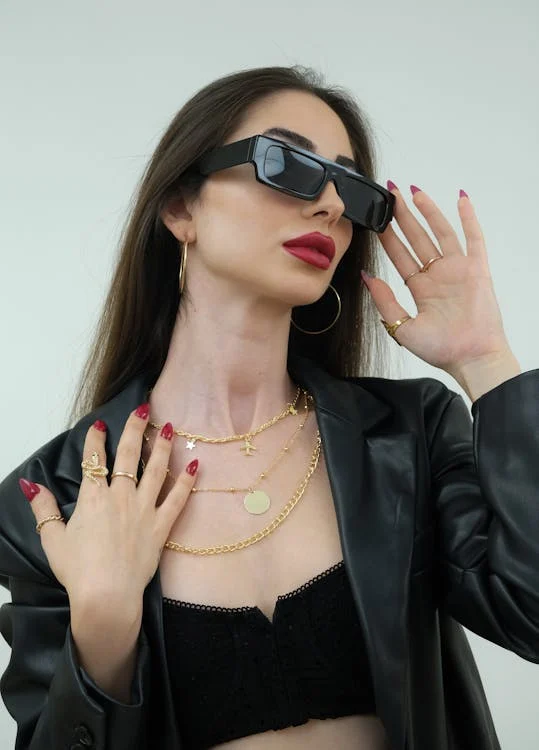
Hats were an essential part of 1920s women’s fashion. The cloche hat, a bell-shaped hat that closely hugged the head, became iconic during this period. It was often worn low on the forehead, emphasizing the short bobbed hairstyles that were so popular among women at the time.
Jewelry and Handbags
Women in the 1920s adorned themselves with long pearl necklaces, jeweled brooches, and chandelier earrings. Evening bags, often made of beaded or embroidered fabrics, were small and designed to hold only the essentials, such as lipstick, handkerchiefs, and compact.
Conclusion
The casual fashion of the 1920s marked a significant departure from the restrictive clothing of previous decades. Women embraced styles that allowed for freedom of movement, self-expression, and practicality. Whether it was the daring flapper dress, the comfortable daywear, or the rise of ready-to-wear clothing, 1920s fashion was all about breaking boundaries and embracing modernity. Today, the influence of this era can still be seen in contemporary fashion, as designers continue to draw inspiration from the innovative styles of the Roaring Twenties. In conclusion, 1920s women’s fashion was a transformative period that redefined how women dressed and expressed themselves. The shift towards more casual, comfortable clothing reflected the broader social changes of the era, from the rise of women’s independence to their increased participation in the workforce and leisure activities. The iconic flapper style, with its bold rejection of traditional femininity, stood at the forefront of this fashion revolution, but even everyday wear showcased the newfound freedom and practicality that women embraced. Accessories, shoes, and the rise of ready-to-wear clothing made fashion more accessible than ever before. The casual fashion of the 1920s left a lasting legacy, influencing trends that continue to inspire modern designs and styles today.
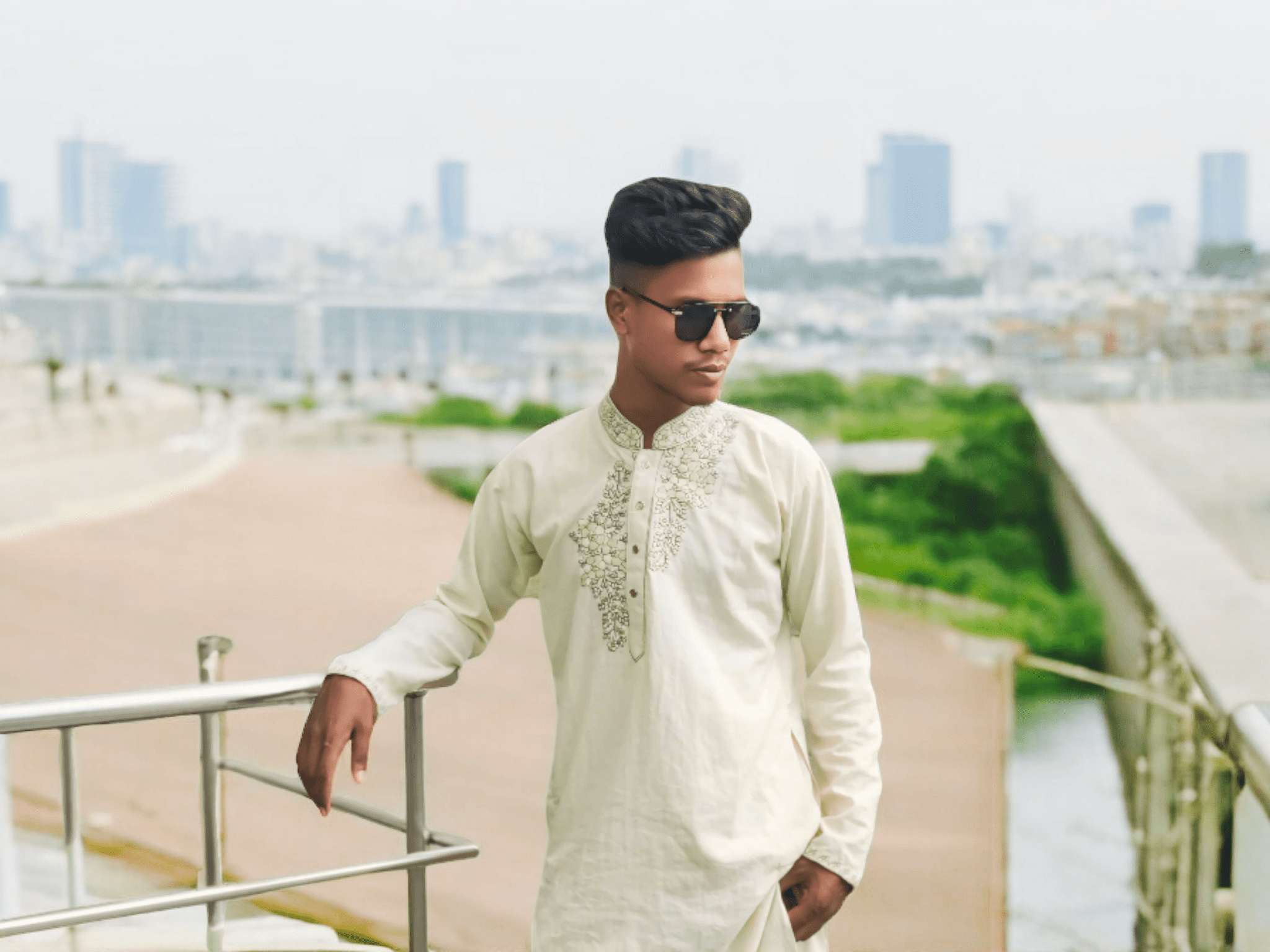
Assalamu Alaikum.. I am Mohammad Sojib I have been working in fashion for a long time I am in US and UK and I write about this topic in many places. I have been working and working on this topic for a long time
And I am a blogger I have been blogging about fashion for a long time in different places.
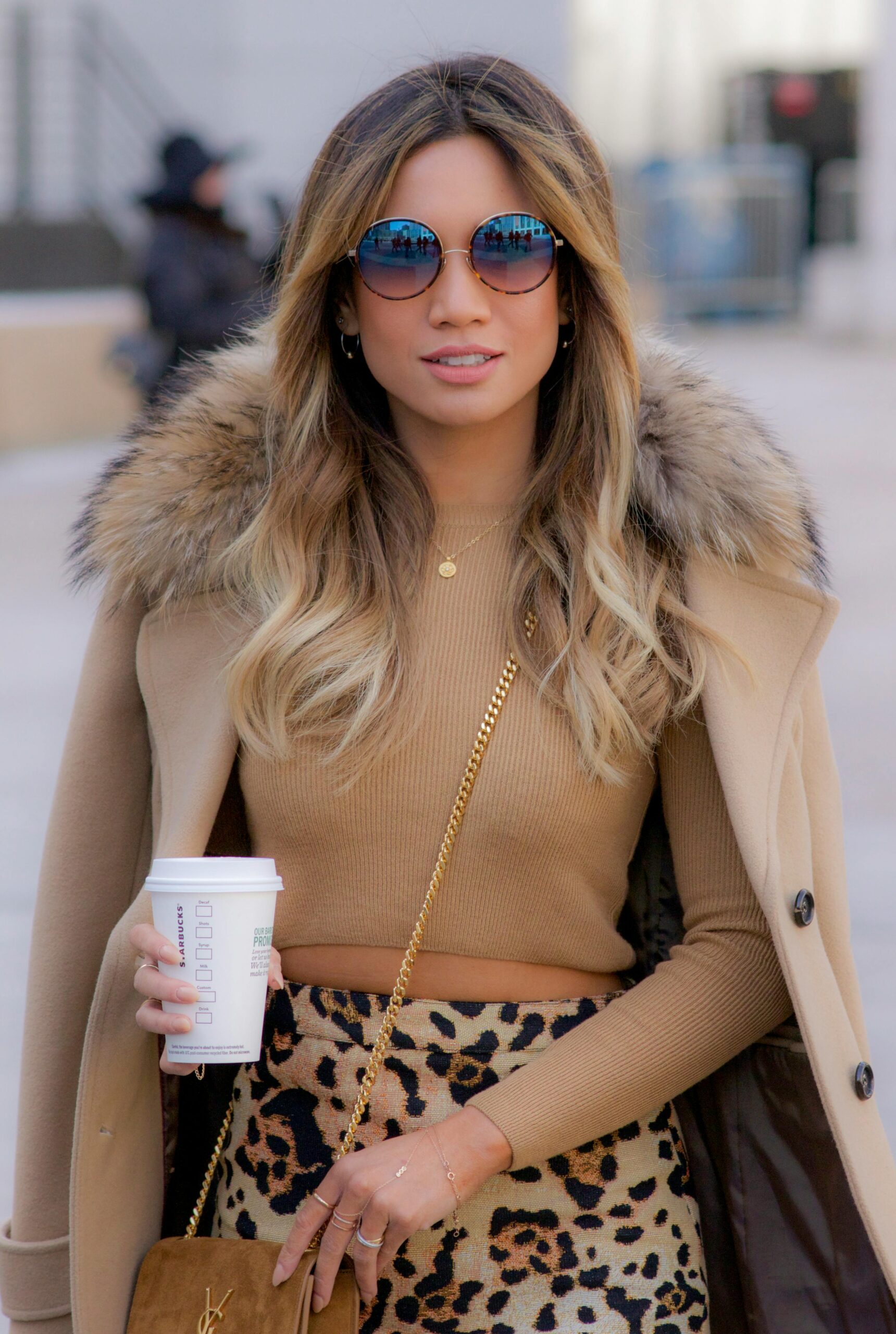
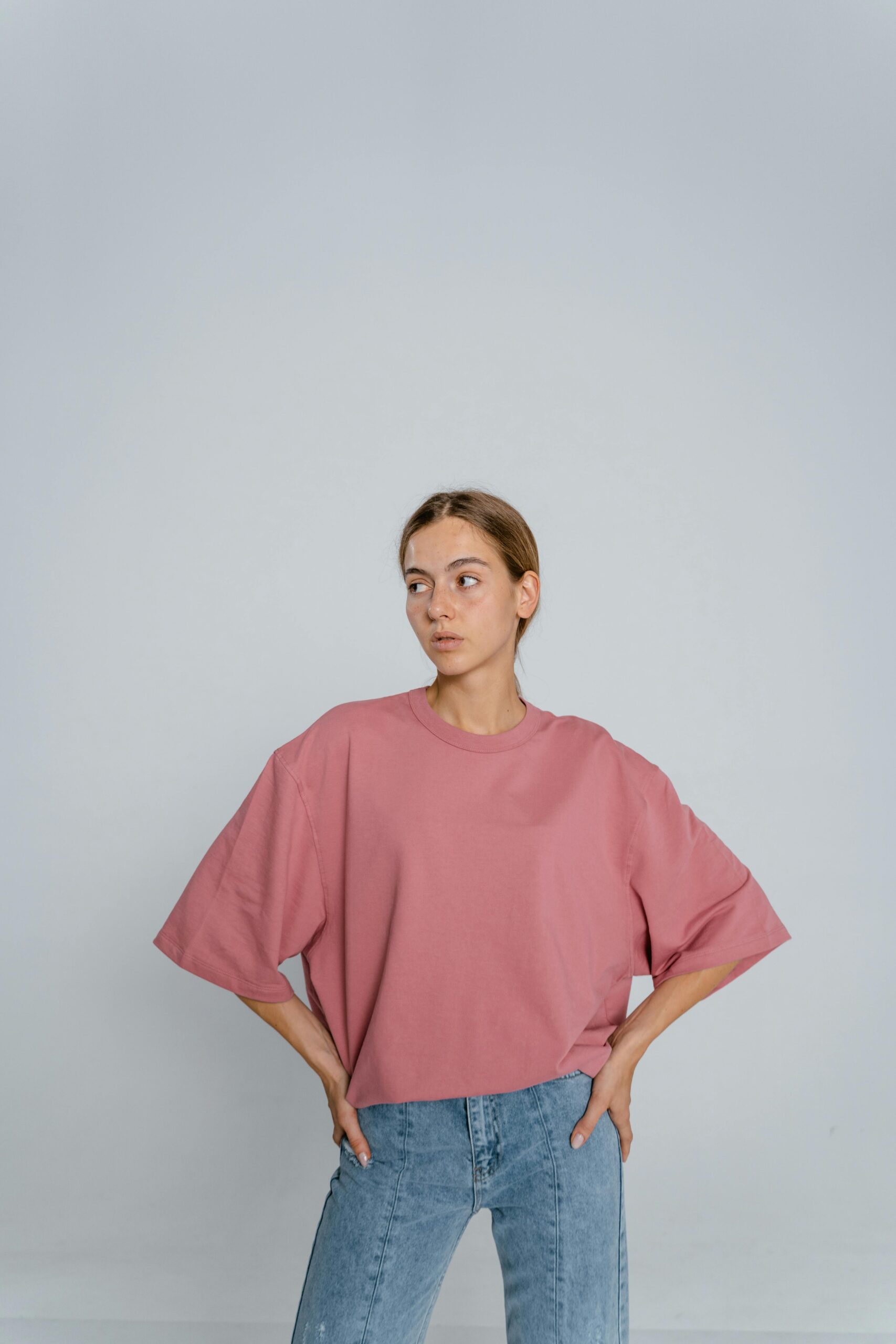
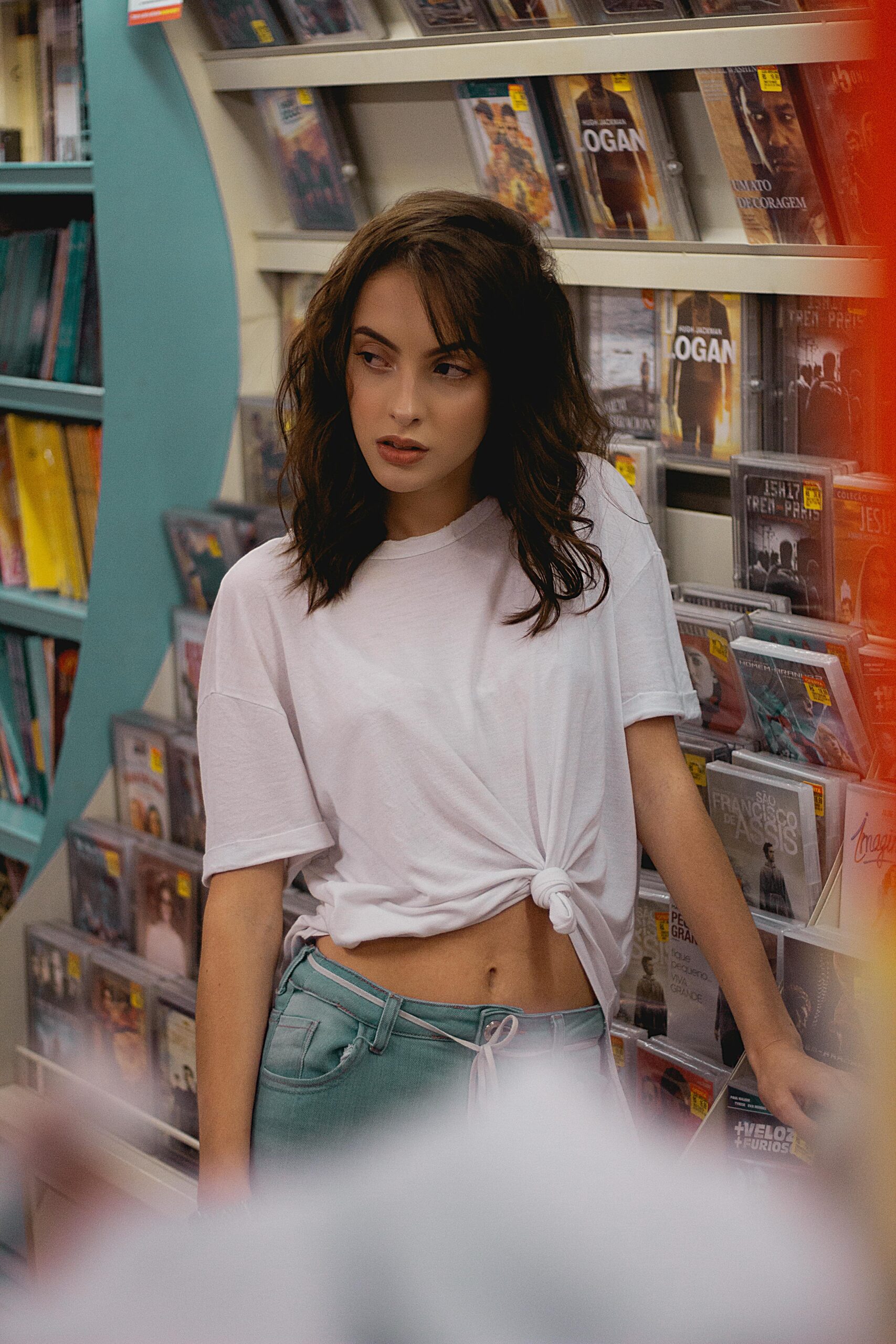





Leave a Reply